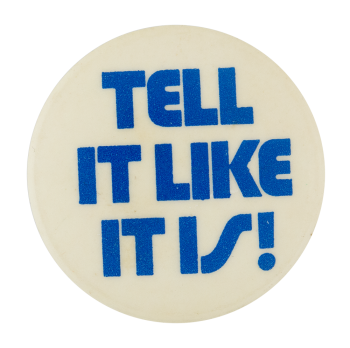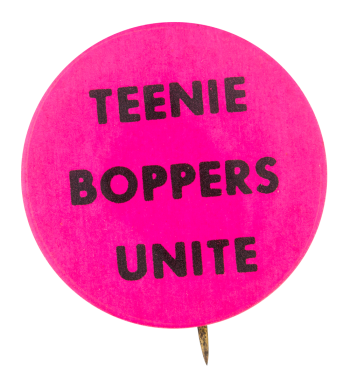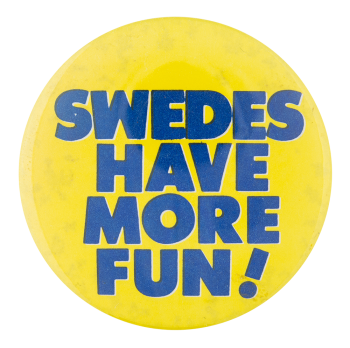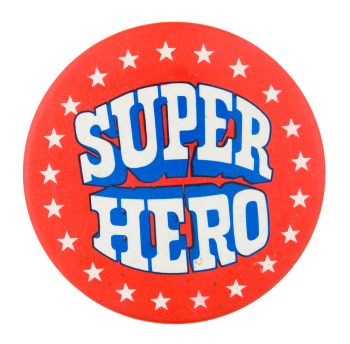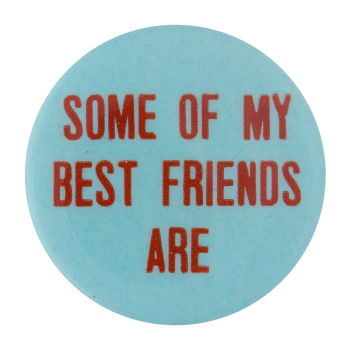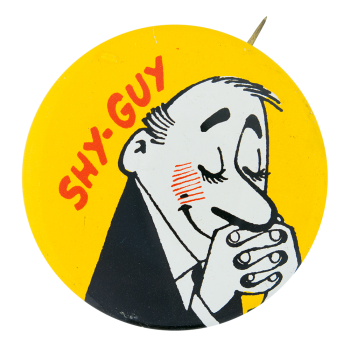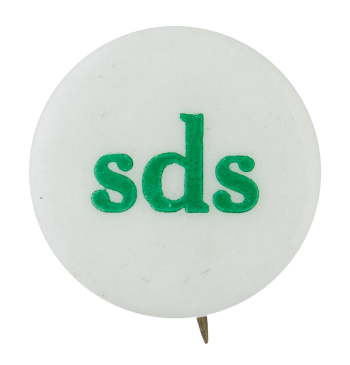| Additional Information |
Hallmark began in 1910 when Joyce Clyde Hall started selling postcards. He had little money—not even enough to take a horse-drawn cab to his lodgings at the YMCA—but he had an entrepreneurial spirit and the determination of a pioneer. Hall quickly made a name for himself with the picture postcards he sold. Rollie Hall joined his brother in business, and the company was named Hall Brothers. On January 11, 1915, a fire destroyed their office and inventory. They took the only salvageable item, their safe, and set up shop again. With $17,000 in debt, they decided to press onward. As postcard sales declined, they recognized the public’s desire for more privacy in their communication, so they started offering high-quality Valentine’s Day and Christmas cards mailed in envelopes. The fateful fire resulted in the Hall brothers’ decision to buy printing presses and begin producing their own greeting cards in 1915. Hallmark eventually made the move to manufacture and sell collectable memorabilia including pin-back buttons, most of which revolve around holidays and other special events.
Celebrating fatherhood has been around since families began. In the Middle Ages, a day devoted to honoring fathers was formally established by Catholic Europeans. Known as St. Joseph’s Day, it occurred yearly on March 19 and is still an active celebration throughout Europe today. In the U.S., Father’s Day was initially proposed as early as 1908 as a civic celebration. It wasn’t proclaimed as a national holiday for another fifty-eight years until 1966, and six years later, it became firmly established. Today, Father’s Day is celebrated annually on the third Sunday of June.
|

